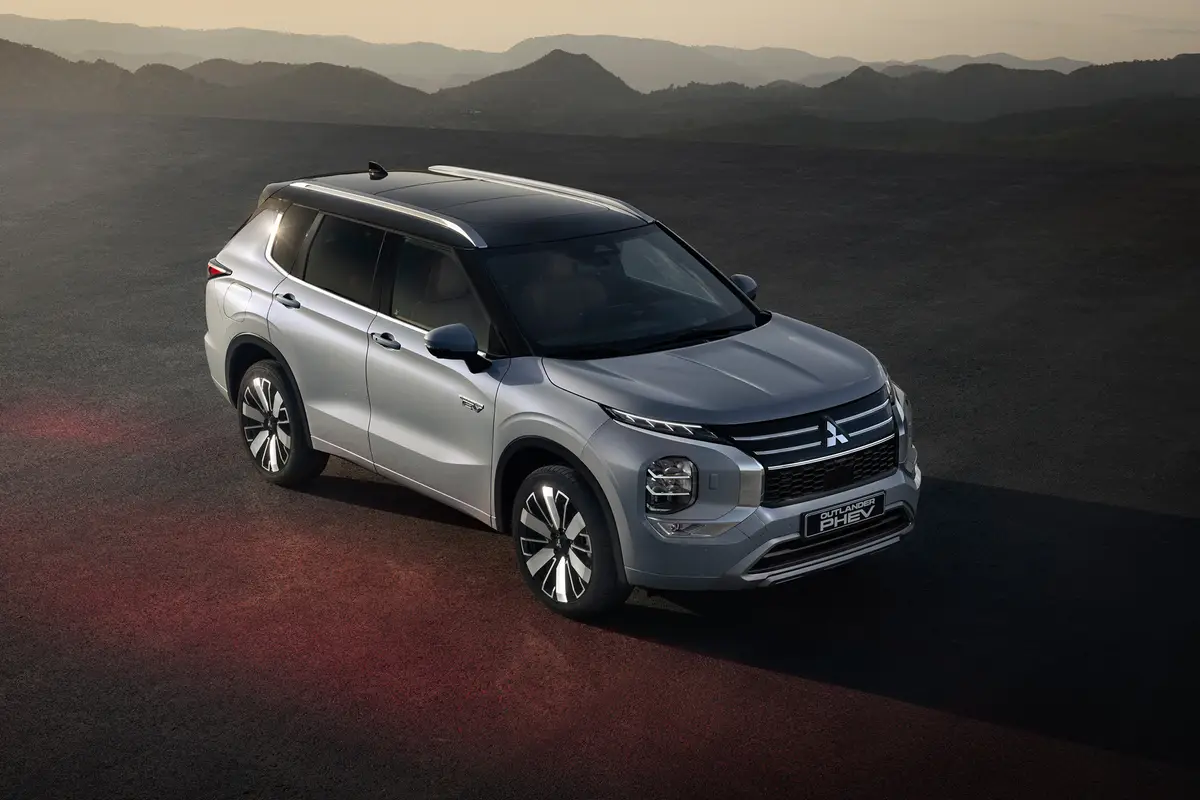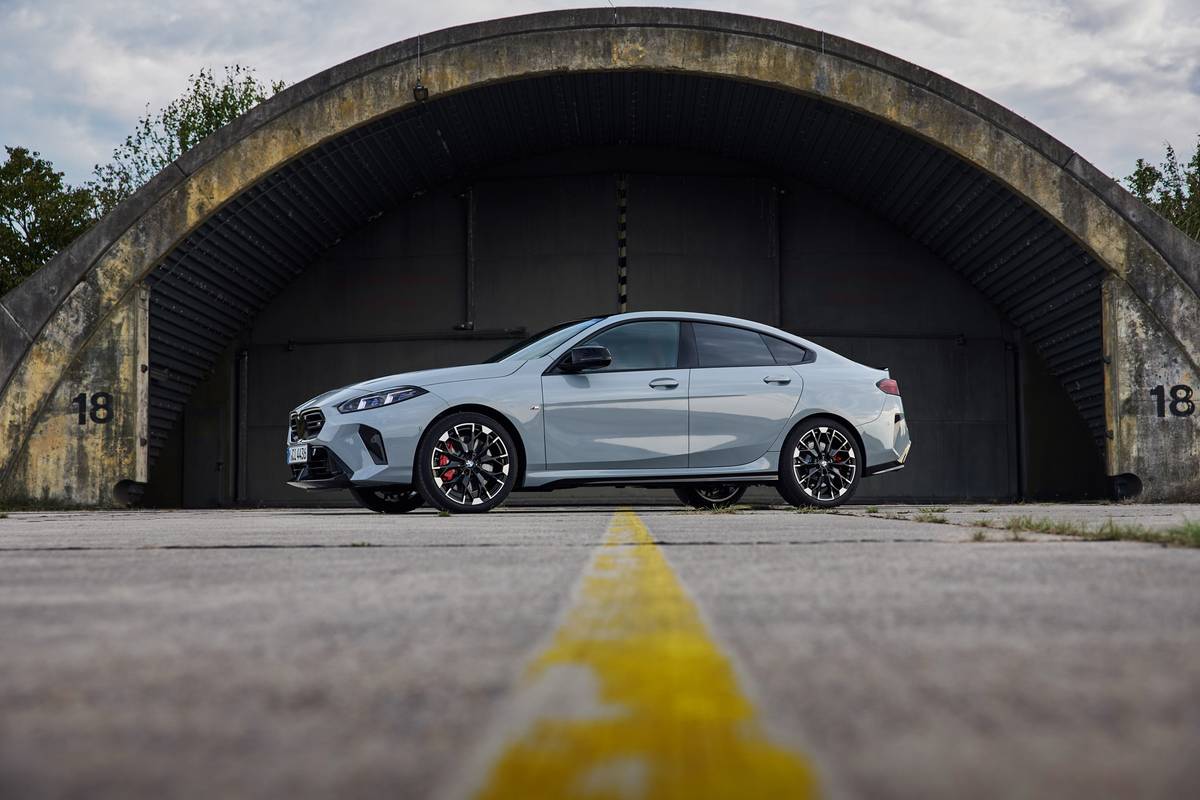The Morning Call and Mcall.com's view
Although the name Alfa Romeo is generally associated with sports cars, this old Italian auto manufacturer does build sedans from time to time. And when it does the results are generally impressive. Alfa’s latest entry is the brand new Milano four-door sedan for the 1987 model year, a car that not only fits in to the popular sport sedan category, but has several surprises of its own.
Despite its long history, Alfa Romeo is not really a household name in this country. But it has been building serious driving machines since 1910, both for the track and the road. The company has a long list of wins in European racing and it developed many engineering innovations that we take for granted these days. Some of these firsts include weight reduction through the use of light alloys in the engine and body, the self-supporting body that eliminated the heavy chassis, adjustable shock absorbers, double overhead camshaft engines, sodium cooled valves, turbochargers and disc brakes.
The test car – supplied by J.H. Bennett, Inc., 2300 Hanover Ave., Allentown, was very subdued looking for an Alfa. It had a dark blue-gray exterior and a gray with touches of tan interior and could almost be mistaken for a number of ”European” sport sedans. Almost, but not quite. Although the Milano has the contemporary wedge look with lots of aerodynamic touches apparent and is a traditional four-door sedan, there is still something different about this car. And it is not only the familiar ”heart” in the center of the grille or those great-looking Alfa Romeo medallions.
Driving the Milano was a surprise and for not the reasons you may immediately think. In the past many of Alfa’s sedans were nothing really more than sedan bodies mounted on sports car chassis. Obviously great handling cars but definitely lacking in couth. The Milano is not quite built on a sports car chassis but it does share a number of features with Alfa’s GTV-6 Coupe, one of the best sports car around for the money but not really fully appreciated.
Knowing this, I did expect the Milano to be much more demanding to drive and much firmer in its ride. It turned out to be neither. It still had good handling but it was easy to see that Alfa was putting its priorities on comfort and smoothness. It was surprising how easy it was to drive (that is, for any one who can use a five-speed manual transmission because that’s all it comes with). And it was even more surprising on how quiet and smooth it was. An example of this is that at first I thought it was somewhat slow in acceleration for all the power it had on tap. But after watching the speedometer (instead of the tachometer) during acceleration runs I discovered the needle did climb rapidly. If you roll down the windows, you will get more of the sounds of performance. But if you are buying a luxury touring sedan why do that?
The same is true with handling. It corners so ea sily (and again quietly) that you may not be aware of just how good things are. The suspension system is rather unique in that it features a deDion rear configuration. In fact, Alfa claims that the Milano is the only European sedan with this rear suspension. The most apparent result of this type of suspension is that in addition to handling, the car still has a good ride. Other components in the rear suspension are coil springs, direct-acting tubular shocks, stabilizer bar and Watts linkage. The front suspension features upper and lower A-arms, torsion bars, tubular shocks and stabilizer bar.
The Milano is also somewhat of a fooler in that it somehow looks and acts bigger than it is. Basic dimensions reveal that the wheelbase measures 98.8 inches, overall length 170.5 inches, width 64.2 inches, height, 53.1 inches and a curb weight of 2,907 pounds. The interior can hold five adults in comfort and even with the front seats extended fully aft, there is still decent leg room. The discipline of ergonomics is apparent in the seat design. The front seats are not only comfortable but will hold driver and passenger in place during all of that hard cornering.
There is a good degree of luxury in the rest of the interior. The instrument panel features full gauges which are well located and easy to read. Control locations aren’t really too bad if you study the owner’s manual. Otherwise you may have to look for them. For example, the front power window controls are located on an overhead console. Not bad, not good, but different. The radio, though, is located very low in the center of the dash and almost requires the services of a co-pilot to operate it.
The trunk is a decent size, though not as large as it looks from the outside. No doubt, taking up some of this space is the large 17.6-gallon fuel tank. The trunk, though, is well laid out. Jack, spare and tools are hidden and all that remains is a carpeted compartment.
The Milano is powered by a 2.5-liter/152 cubic inch V-6, made of aluminum alloy and featuring an overhead camshaft for each bank, hemispherical combustion chambers and Bosch L-Jetronic multi-point fuel injection. It is rated at an impressive 154 horsepower at 5,500 rpm and 151.9 foot pounds torque at 3,200 rpm. Performance is very good.
A rather unusual feature of this powertrain is its transaxle (transmission and differential combined), a configuration generally found in front-wheel drive cars but very rare in a front engine/rear drive car. This means the Milano’s engine is in front while the transaxle is in the rear. And the reason for this is to distribute the weight and provide a closer front/rear balance. This, of course, greatly influences its handling ability and capability.
The engine/transaxle combination worked very well together and not only provided plenty of juice to the rear wheels, but also good fuel mileage. The test car averaged 16 miles per gallon for city driving and 25 mpg over the highway. Unleaded premium was used in the test car.
Another surprise on the Milano was its price. The test car did not have window sticker on it and I assumed it would be priced higher than it was. This is generally not a mistake made that often. Like most people, I have a tendency to under price something. Anyway, the base price on the test car came to $14,500 and included a long list of standard equipment such as: power four- wheel disc brakes, power rack-and-pinion steering, leather wrapped steering wheel, central power lock system, power windows, bronze tinted glass, rear window defroster, power outside mirrors, headlamp washers, power antenna, digital clock, full analog instrumentation, tool kit and full-sized spare on alloy wheel. Full price came to $16,830, including a delivery charge of $325. Other charges were: mechanical preparation, $160; metallic paint, $350; AM-FM stereo cassette, $645, and air c onditioning, $850.
Latest news



